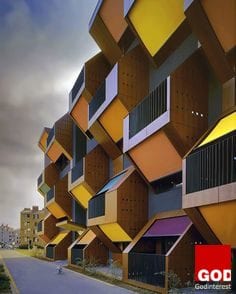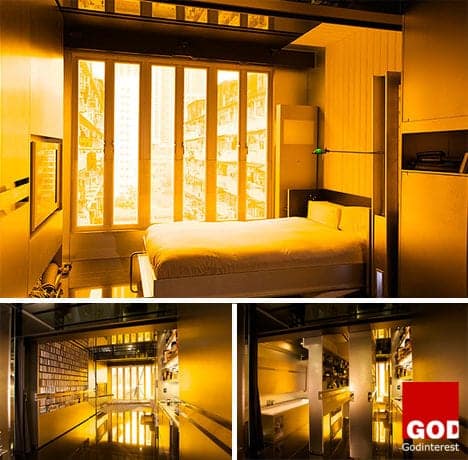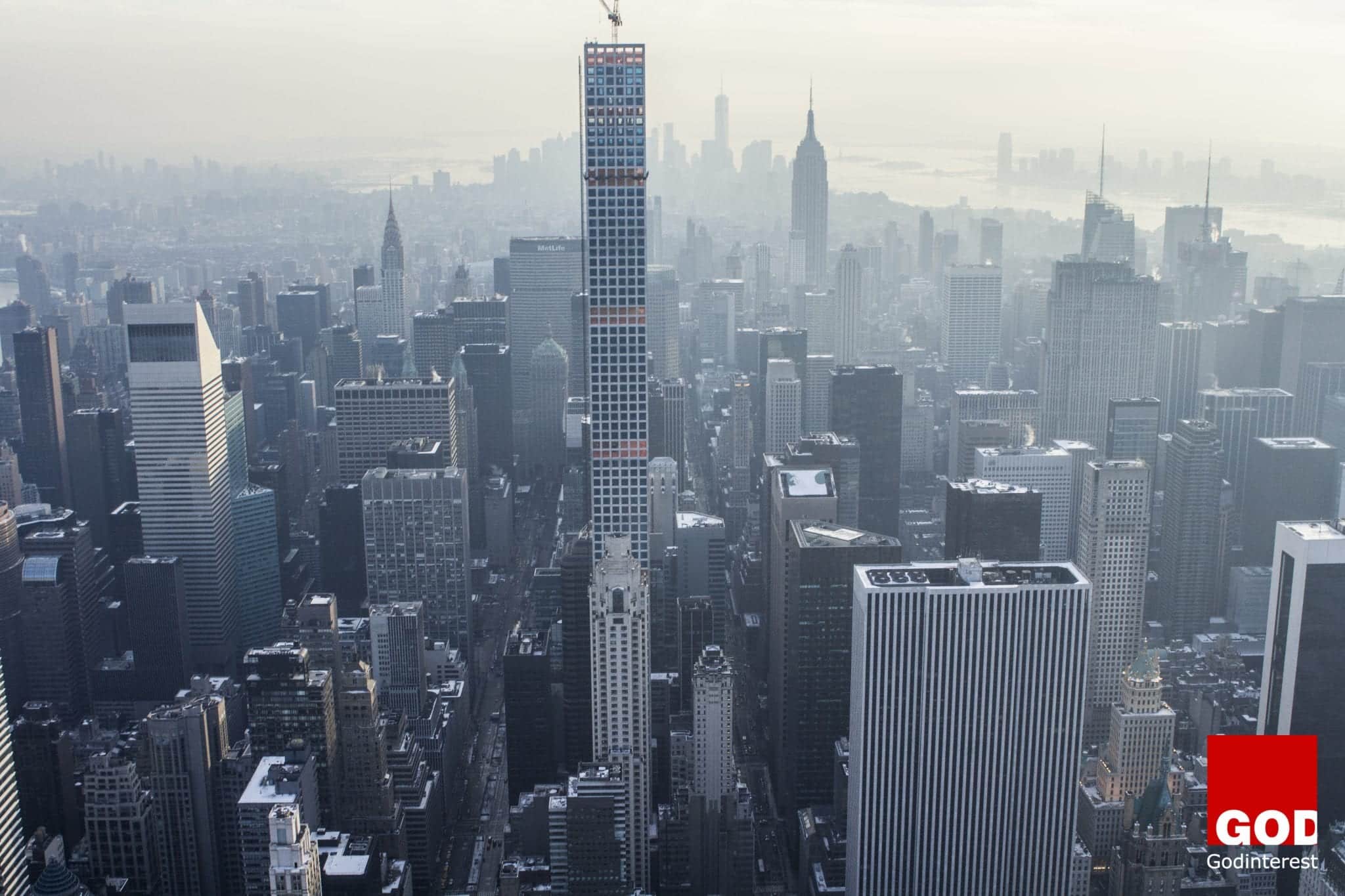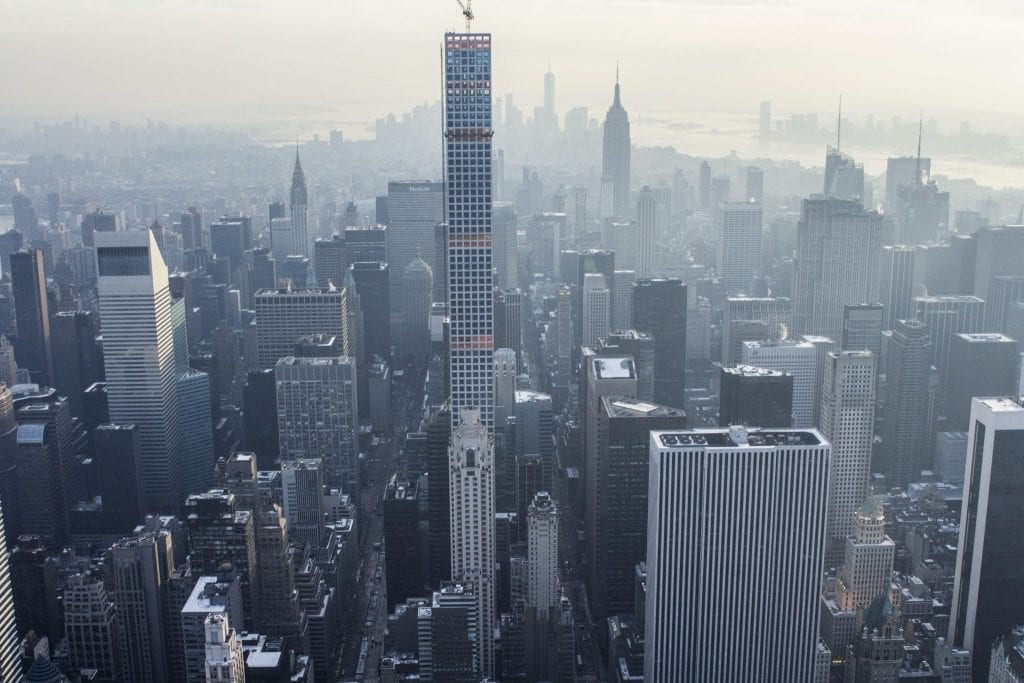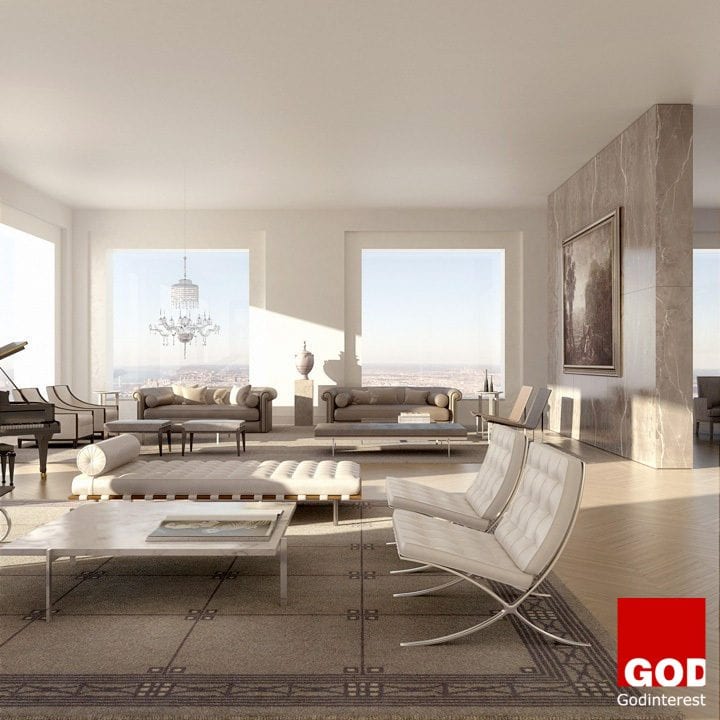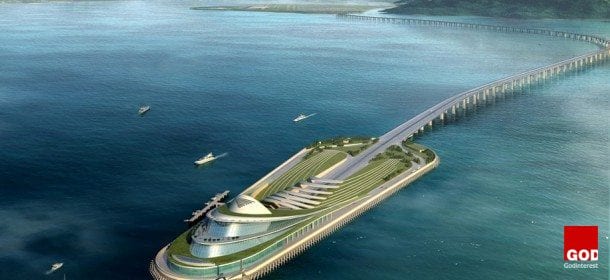A 2016 government census has revealed that more than 200,000 Hongkongers live in subdivided flats “ and 50,000 of them are student-aged
Sleeping on the street is bad enough, but Hong Kong’s notorious cage homes and cubicles are even worse.
With an average four-year wait for public housing and ever-increasing rents in the private sector, tens of thousands of young people, aged 18 or younger, in Hong Kong live in subdivided units, cubicle homes, or cage homes. This number could be as high as 50,000.
“Since 2014, the Census and Statistics Department has put together an annual report on the city’s subdivided households. The department defines these units as splitting flats for rental purposes. The 2016 report revealed that 209,700 people lived in 92,700 rooms subdivided from 27,100 flats.”
Cage homes ‘worse than living on street’
38 degrees is the temperature recorded in some cage homes because of poor ventilation, overcrowding, and lack of air conditioning.
Life inside 55 sq ft cage homes cost between HK$1,800 and HK$2,400 per month. These homes are on average, two meters long and one meter wide, said Sze Lai-shan, a social worker with the Society for Community Organisation (SoCo). Cubicles can be a little bigger and are 30 to 50 square feet and cost between HK$1,800 and HK$3,500.
“Subdivided flats, typically with a shared toilet, can be 80 to 120 square feet and costs between HK$3,000 to HK$6,500 a month to rent,†she said.
A space apartment
A space apartment (Chinese, also called cage home, coffin cubicle, or coffin home, is a type of residence that is only large enough for one bunk bed surrounded by a metal cage.
According to the Bedspace Apartment Ordinance, the term “bedspace apartment” refers to a house that contains 12 or more people who rent bedspaces individually. It is legal to run these bedspace apartments, but landlords must first apply for a special license.
Bedspace apartments started to appear more commonly during the 1950s and 1960s. During the Chinese Civil War, a large number of Chinese mainlanders migrated to Hong Kong, and this, along with a surge in birth rates due to the prospering economy, caused the population to dramatically increase from 2,015,300 in 1951 to 3,129,648 in 1961. In an attempt to cope with the housing demand, the Hong Kong Government started to build several public housing estates. However, the government could not handle the extra burden brought by the Chinese migrant workers, and there were no housing or labour protection policies in place at that time. Cage homes thus became popular among migrant workers, as the rental fee was low.
Talking points: How can we eliminate the problem of cage homes and subdivided flats in Hong Kong?
According to the 2016 Census and Statistics Department report, 55.3 percent of those in sub-divided units lived in Kowloon, in areas such as Yau Tsim Wong, Sham Shui Po, Yuen Long, and Kwun Tong. Further, 22.9 percent lived in the New Territories, and 21.8 percent lived on Hong Kong Island.



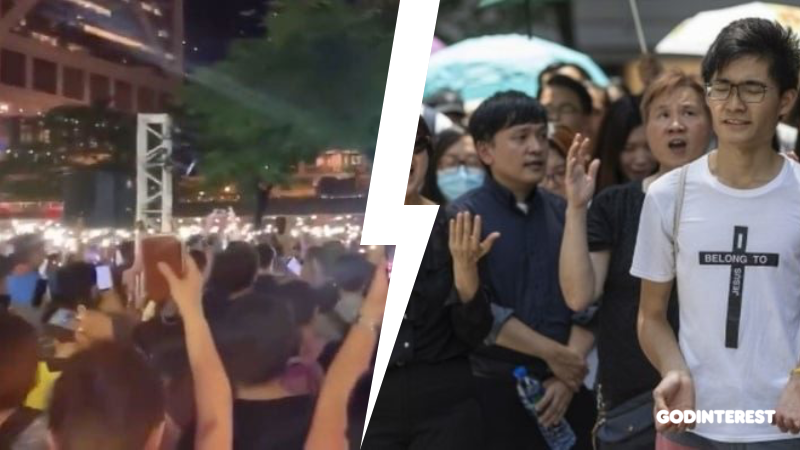
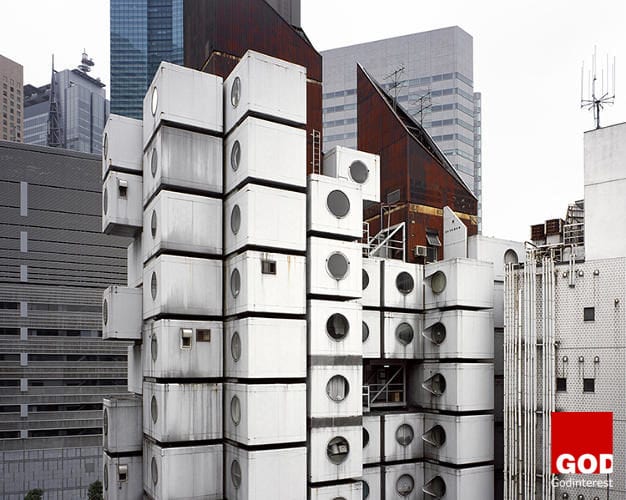

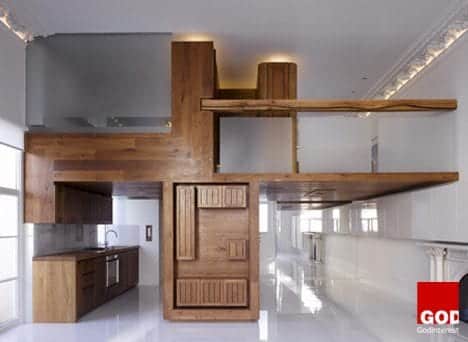
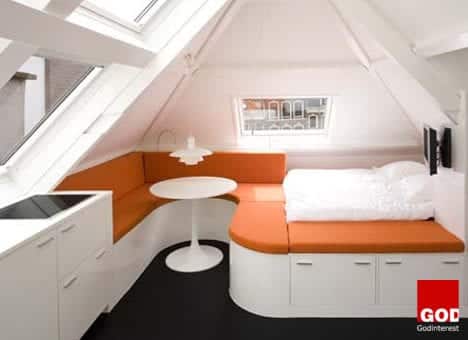
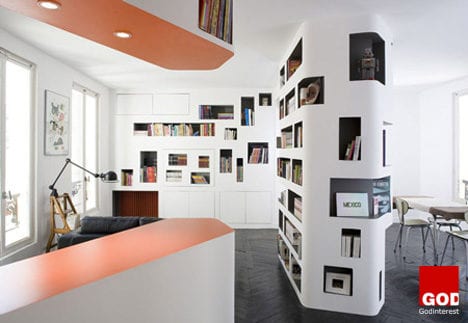 Curved surfaces can make a small space even smaller. The ability to organise the rooms vertically is reduced. But Dutch architects Queeste Architecten have managed to give this 320-square-foot micro-flat a spacious feel using lots of white, with built-in furniture and storage.
Curved surfaces can make a small space even smaller. The ability to organise the rooms vertically is reduced. But Dutch architects Queeste Architecten have managed to give this 320-square-foot micro-flat a spacious feel using lots of white, with built-in furniture and storage.


